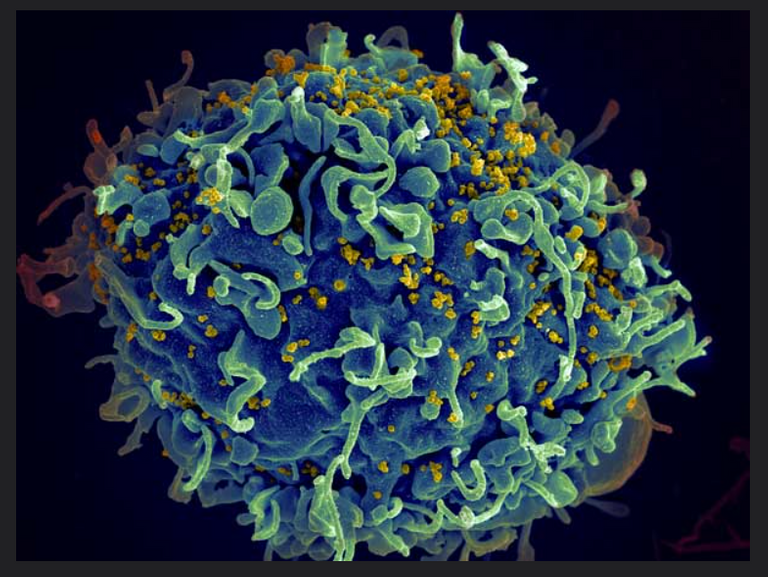Kate and Alan were young and in love. They started dating during their undergraduate days, the sex had been great and even had a plan of taking things to the altar in the hearest future. Everything looked so perfect for them until a routine test prior to blood donation revealed that Alan caught the Human Immune Virus (HIV).
Luckily for Kate, a couple of tests certified her HIV-free. Things went south between both of them from there. Even though Kate was certain Alan had been faithful and most likely must have contracted the virus from non-sexual action, she still could not see herself being close to someone that is HIV positive. What if she contracts the virus herself?
All the love, sex, and promises died a natural death. Alan was able to get help though. He went through counseling sessions and got the necessary drugs to help manage the virus. He lived a normal life and no one would know he was HIV positive just by his morphological appearance. His life could have been perfect except that he lost the love of his life. With more education, perhaps Kate could have stayed.

Discordant couples
Kate and Alan could have lived as a discordant couple. Discordant couples are lovers in which either of the two people involved has the human immune virus while the other is totally free from the virus. This might sound alarming in the past but thanks to research, there are management procedures that can be observed and both will live happily ever after without fear of the HIV-free individual catching the virus.
In other words, it is possible to have a partner that is HIV positive and still live normally with them, including sharing objects and having sex. This is made possible by pre and post-exposure prophylactic drugs.
Pre-exposure prophylactic drugs are HIV preventive drugs. They are taken by individuals with risks of getting exposed to the virus either due to the nature of their job or their general lifestyle, including living with HIV-infected persons. As of now, there are a few pre-exposure prophylactic drugs. The effectiveness of the currently available drugs at preventing HIV infection from sex with a positive person is tied at above 90% while it is above 70% from injection-related activities.
Post-exposure prophylactic drugs, on the other hand, are drugs that limit one's chances of being infected with HIV despite getting exposed to it. The drugs work by preventing the virus from getting a foothold in the body system. These prophylactic drugs come in handy in an emergency situation when one has been exposed or thought to have been exposed to the virus. It is important to know, however, that post-exposure prophylactic drugs must be taken within 72 hours after exposure to the virus and must be taken every day for 28 days in order to stand a chance of not being infected.
Even though both pre and post-exposure prophylactic drugs are known to be safe and can limit the chances of becoming infected with HIV, it is important that other precautions are taken as well. For example, a person with HIV infected partner who is on routine pre-exposure prophylactic drug should observe necessary cautions in sharing things or having sex with those that are not his or her partner. People on post-exposure drugs should even be more careful in exposing those around them to the risk of getting the virus.
Summary
Advancement in research now makes it possible for people that are HIV positive to be in love and share sexual or non-sexual relationships with those that are HIV negative. Pre and post-exposure prophylactic drugs limit the chances of getting the virus or prevent the virus from establishing itself in the body system even if one gets it. This development will limit the stigmatization that HIV-positive folks suffer in society and at the same time, the number of people that get infected with the virus.
Pre-exposure prophylactic drugs are taken routinely every day while post-exposure drugs are taken within 72 hours of getting exposed to the virus for up to 28 days. While these drugs have been proven to be effective, they are not 100% certain. Hence care must still be taken to limit the chances of getting infected.
All in all, thanks to research, HIV now holds no power stopping you from loving the person of your choice.
Thank you all for reading.
The rewards earned on this comment will go directly to the person sharing the post on Twitter as long as they are registered with @poshtoken. Sign up at https://hiveposh.com.
Thanks for your contribution to the STEMsocial community. Feel free to join us on discord to get to know the rest of us!
Please consider supporting our funding proposal, approving our witness (@stem.witness) or delegating to the @stemsocial account (for some ROI).
Please consider using the STEMsocial app app and including @stemsocial as a beneficiary to get a stronger support.